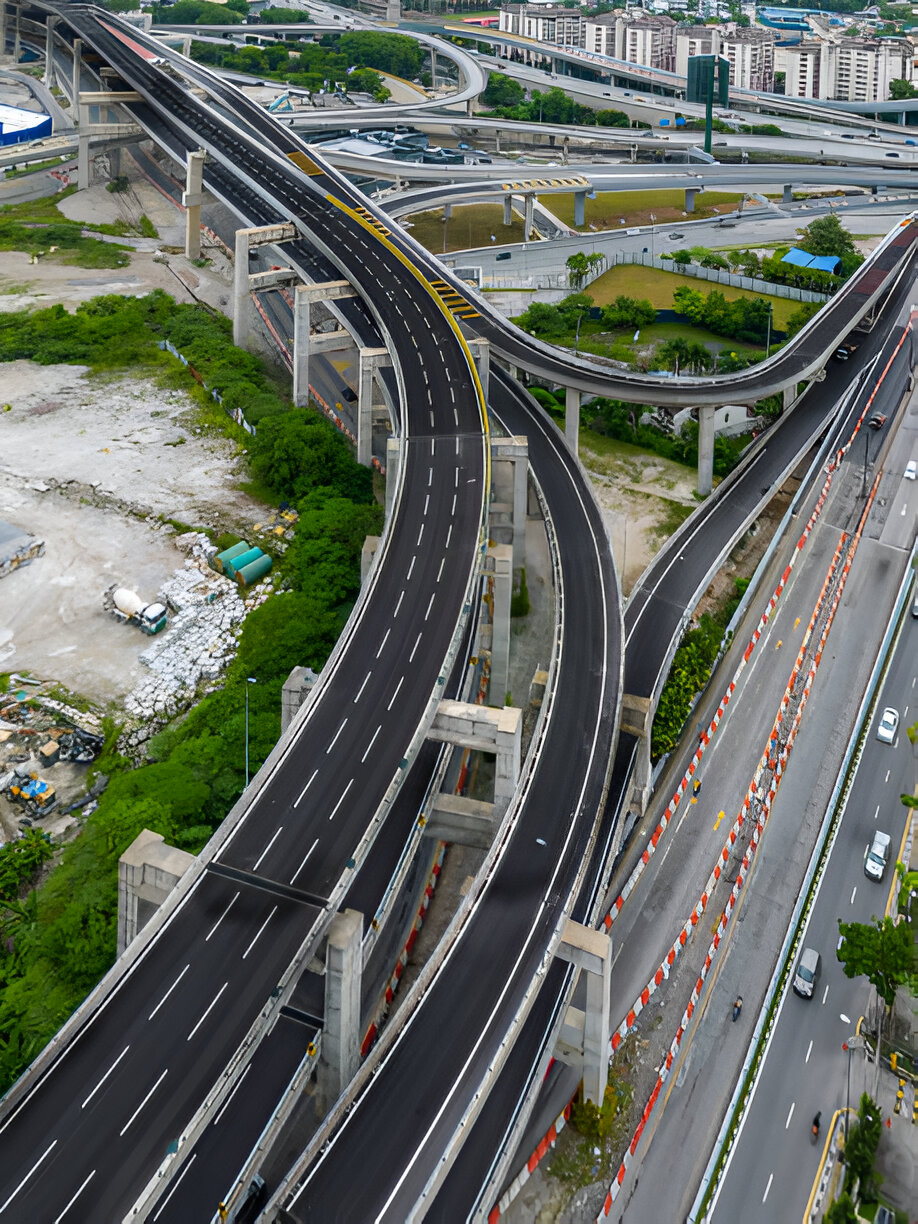Transportation Infrastructure
Roads, highways, bridges, tunnels, railways, airports, and ports that facilitate the movement of people and goods.
Infrastructure construction involves building and maintaining foundational facilities and systems that support the functioning of communities, economies, and governments. These projects are usually large-scale, publicly funded, and designed to last for decades, involving extensive planning, budgeting, and engineering. Infrastructure construction covers a variety of essential structures, including roads, bridges, water and sewage systems, and energy networks.





Roads, highways, bridges, tunnels, railways, airports, and ports that facilitate the movement of people and goods.
Projects involving water treatment plants, pipelines, sewage systems, and stormwater management to ensure access to clean water and manage wastewater.
Power plants, transmission lines, renewable energy facilities (e.g., wind, solar), and energy storage systems that supply electricity and other energy resources.
Networks like fiber optic cables, cell towers, and data centers that enable internet, phone, and communication services.
Gas and electric distribution networks that deliver essential resources to homes, businesses, and industries.
Fire stations, emergency services buildings, and flood control systems designed to protect public health and safety.